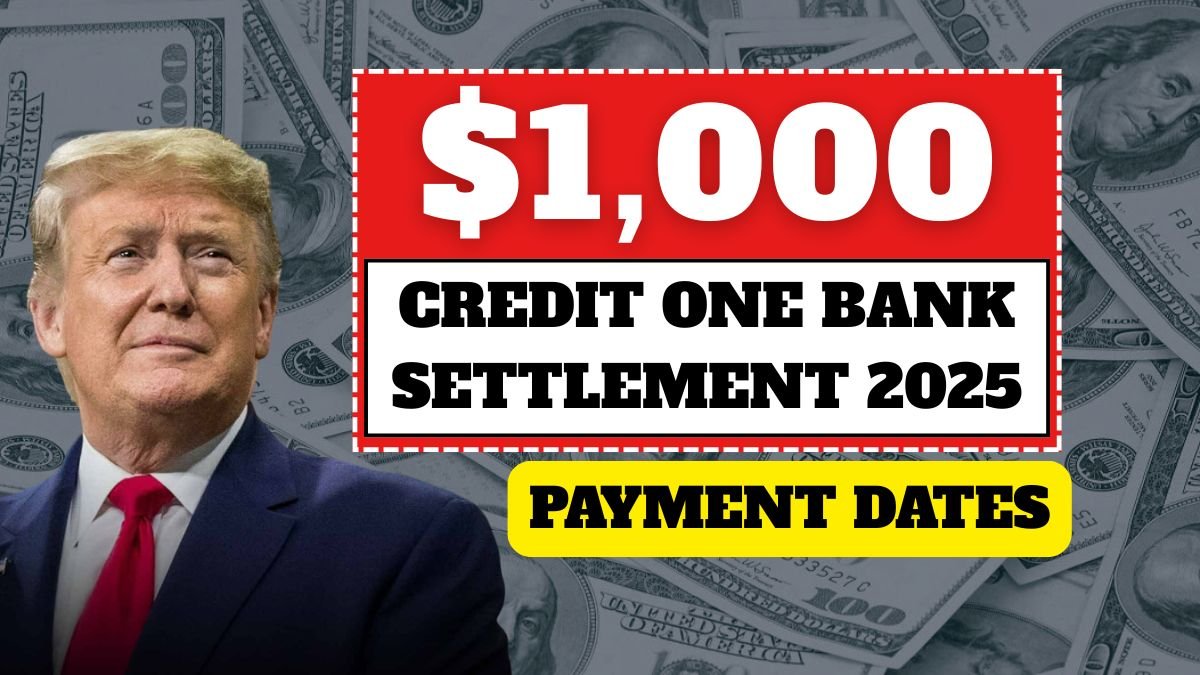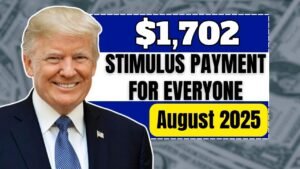In today’s time, awareness about consumer rights has become more important than ever. Especially in the financial sector, where big companies ignore common citizens on the basis of their power. The recent $14 million settlement of America’s famous credit card company Credit One Bank is a case that proves that if consumers organize and raise their voice, even the biggest institutions can be held accountable.
This case is related to thousands of consumers who were repeatedly sent calls and recorded voice messages without permission between 2014 and 2019. Now this settlement has become a great opportunity for them to get justice and compensation.
How did this case start? – TCPA law and Credit One Bank’s mistake
The root of this entire controversy is the Telephone Consumer Protection Act (TCPA), which is an important law made for the protection of consumers in America. Under this law, any company is prohibited from sending automatic calls or recorded messages without the explicit permission of the consumer.
However, Credit One Bank and its affiliates were accused of repeatedly violating this law. The most shocking thing was that calls were sent to many consumers even when they had no relationship with the bank. When people requested to stop the calls, that too was ignored.
After continuous complaints, media reports and legal pressure, the bank finally had to agree to an out-of-court settlement. Although the bank did not admit its mistake, this settlement itself is proof that aware consumers can bring about change.
Who can claim? – Know if you are eligible or not.
The special thing about this case is that it includes not only the customers of the bank but also those who were never customers but were called without permission. The eligibility criteria are very simple:
- You must have received an automated call or recorded voice message from Credit One Bank or its affiliates between 2014 and 2019.
- You must not have given any permission for those calls.
- The phone number must be registered in your name, even if you are not a customer of the bank.
If you have call records or screenshots, it is good, but if not, an affidavit will suffice. The settlement administrator will cross-check your information with the bank’s records.
How much can be received? – Estimate of potential compensation
Although the total settlement amount is $14 million, some of it will go towards legal fees and administrative expenses. Experts believe that about $8–$9 million will be distributed directly to eligible consumers.
If the number of claimants is less, then each person can get a payment of up to $1,000. But if there are more claimants, then this amount can be reduced to $100 to $300. Still, this is a big indication that the voice of the common citizen cannot remain unheard.
How to claim? – Know the whole process
This settlement is yet to get the final approval of the court. Once approved, an official website will be launched from where you can file your claim. Those whose mobile numbers are in the bank records will be informed via email or post.
The process of making a claim will be as follows:
- Visit the website (the link will be issued by the court).
- Fill in details like your name, address, and phone number.
- Upload call records or screenshots if available.
- Fill out an affidavit if there is no proof.
- Choose the payment option—check, bank deposit or PayPal.
- File the claim within 60 to 90 days.
When will you get the payment? – Process and Timeline
Once all the claims are submitted, their review work is completed in 3 to 5 months. After this, the payment process starts, which is usually completed in 6 to 9 months.
Note, no fee will be charged in this entire process. If any website or person asks you for money, it may be a scam. Trust only the official website.
Why is this case important?
This case is not just a legal settlement but a historic victory for consumer rights. Laws like the TCPA are designed to allow consumers to decide when and who can contact them.
This is also an example that even big companies can make mistakes, and when ordinary citizens respond together, they can be held accountable. Credit One Bank has been accused of hidden fees, unclear policies, and poor customer service in the past. This settlement shows the importance of transparency and consumer respect in today’s times.
Conclusion: Be aware and protect your rights.
If you live in the US and have received unsolicited calls or messages from Credit One Bank between 2014 and 2019, this is an opportunity for you. This is not just a compensation but an example of how awareness can lead to justice.
Sometimes justice is not just obtained from the court but also from your initiative and awareness. It is time to raise our voices and ensure that the burden of an institution’s mistakes does not fall on ordinary citizens.
FAQs
Q. Who is eligible for the Credit One Bank settlement?
A. Anyone who received an automated or prerecorded call from Credit One Bank or its affiliates between 2014 and 2019 without giving prior consent.
Q. How much money can I receive from the settlement?
A. Eligible claimants may receive between $100 to $1,000, depending on the number of valid claims submitted.
Q. Do I need proof of the calls to file a claim?
A. Proof is not mandatory. However, having call logs or screenshots can strengthen your claim. An affidavit may be accepted if no proof is available.
Q. When will I receive my settlement payment?
A. Payments are expected 6 to 9 months after all claims are reviewed and approved by the court.
Q. Is there a fee to file a claim?
A. No. Filing a claim is completely free. Be cautious of scams and only use the official settlement website when it becomes available.


